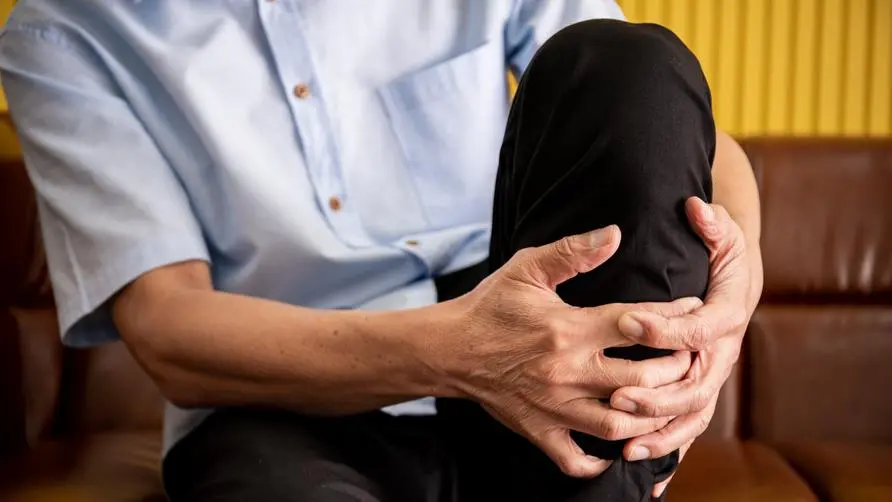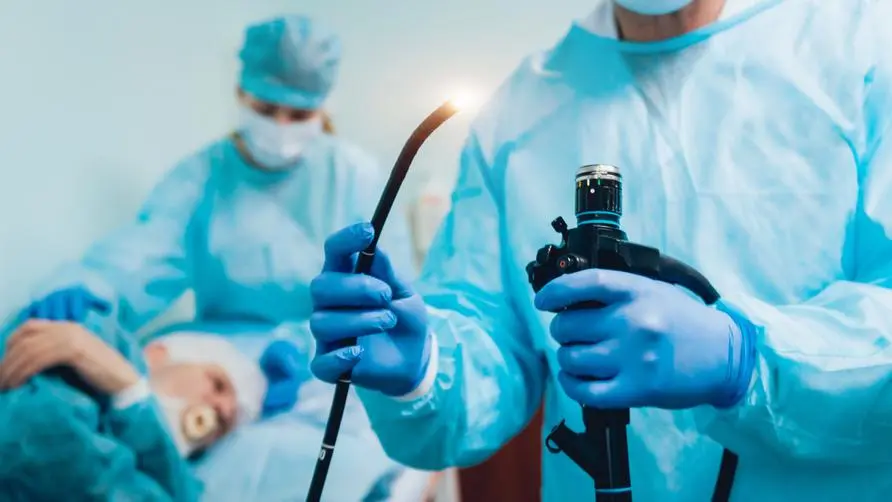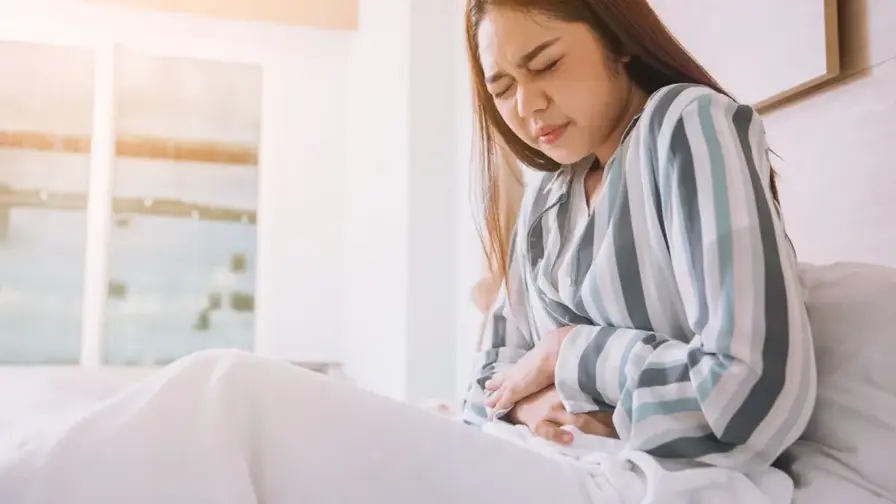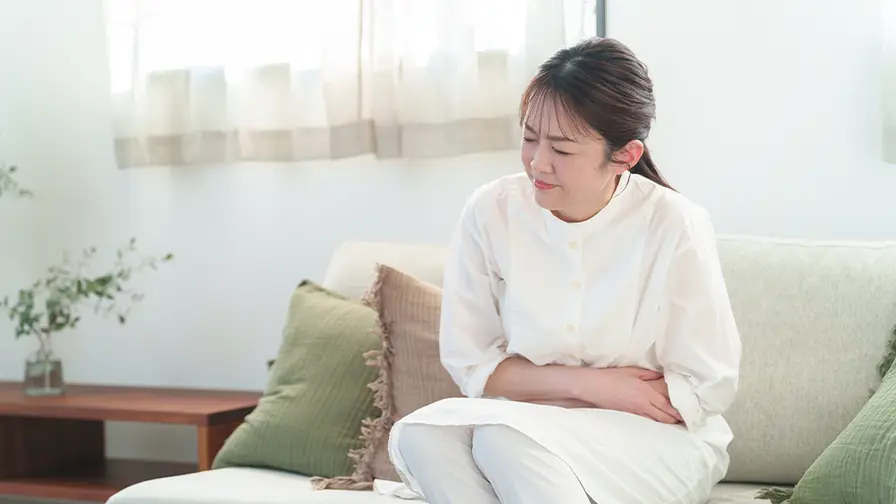It's like wall cancer that keeps growing! Will adenomyosis be cured by itself in menopause? Is hysterectomy necessary?

Adenomyosis is like wall cancer! Is it different from uterine fibroids?
“Uterine adenomyosis is like “mural cancer”. Most of it is diffuse endometriosis. Most of it grows on the posterior wall of the uterus. Some patients also have it on both the anterior and posterior walls. The reason is that menstruation cannot be peeled off. It grows into the uterine muscle layer and causes women extreme pain. It is the most troublesome type of endometriosis!”
Dr. Zheng Chengjie, executive director of Taipei Xiuchuan Hospital and professor of obstetrics and gynecology at Kaohsiung Medical University, explained that endometriosis refers to benign endometrial tissue that appears in abnormal locations outside the uterus. When it occurs in the ovaries and forms tumors, it is called “chocolate cyst”; when it occurs in the pelvic cavity, it is called “pelvic endometriosis”; when it occurs in the uterine muscle layer, it is “adenomyosis”.
Dr. Zheng Chengjie pointed out that adenomyosis and uterine fibroids are the most common benign gynecological diseases in women. The difference between the two is that uterine fibroids are tumors growing on the uterine muscle layer itself, while adenomyosis is the loss of the endometrium. into the uterine muscle layer. Zheng Chengjie said, “Uterine fibroids are biological, while adenomyosis is adopted.”
Is there an increase in young patients with adenomyosis? May the pain last for 15 days in a month?
Dr. Zheng Chengjie pointed out that the mechanism of adenomyosis has not been fully established. In the past, it was thought that it may be related to the impact of abortion surgery on the endometrium, excessive sexual intercourse during menstruation, or the metaplasia of epithelial cells in the uterine muscle layer to form endometrial tissue. Later marriage and later childbearing may also increase the risk. However, more and more young women are suffering from adenomyosis, which may be caused by invisible influences such as environmental hormones, air pollution, or stress.
“The most environmental hormones come from daily necessities, such as shampoo, shower gel, cosmetics, plasticizers, sanitary napkins, plastic bags for hot food, hand-shaken drinks, etc. These endocrine disruptors are metabolized It affects the synthesis and secretion of hormones in the body, and it is almost everywhere!”
Dr. Zheng Chengjie explained that there are three main symptoms of adenomyosis. The first is heavy menstrual flow, and the second is menstrual pain, which may become more painful year by year. The third is infertility. Other symptoms include heavy periods, non-menstrual bleeding, painful intercourse, etc. Patients with adenomyosis may have pain before menstruation and continue until after menstruation. Some patients may have pain for up to 15 days a month, seriously affecting the quality of daily life.
What are the treatments for adenomyosis? She was cured and still pregnant at the age of 39?
Dr. Zheng Chengjie said that currently the only radical treatment for adenomyosis is hysterectomy, which requires at least the removal of the uterine body and preservation of the cervix. This is commonly known as “hysterectomy”. Local resection of adenomyosis has been used less frequently in recent years because most cases of adenomyosis are diffuse and part of the adenomyosis cannot be completely removed. Other treatment options include injections that suppress pituitary hormones, intrauterine drug delivery systems, oral medication, and non-invasive Heifer surgery.
Many women who have not had children or do not want to have their uterus removed can use an intrauterine drug delivery system. The drug is directly absorbed through the uterus, reducing the metabolic burden on the liver and kidneys, but preventing pregnancy. Injection treatment is commonly known as “menopausal injection”. It suppresses pituitary hormones to stop the ovaries from functioning. It is divided into short-acting and long-acting dosage forms. It is not recommended to give injections for more than six months a year because it may increase osteoporosis. risks of.
Oral drugs and contraceptive pills can also be used to improve symptoms of adenomyosis. Most of these drugs contain progesterone and can relieve symptoms such as pelvic pain, menorrhagia, and bleeding. However, they only inhibit the temporary inactivation of the endometrium and require Take it every day. In comparison, the new non-invasive Heifu knife treatment can use high temperature to burn the ectopic endometrial tissue, which not only greatly improves symptoms, but also increases a woman’s chance of pregnancy.
Dr. Zheng Chengjie pointed out that he once treated a 39-year-old woman who tried two in vitro fertilization attempts but still failed to get pregnant. Later, she was treated with uterine adenomyosis and a menopausal needle was used to allow her ovaries to rest. She soon became pregnant naturally. Such cases have become more and more common. Come more and more. Women are reminded that when they have adenomyosis and have fertility plans, they should discuss appropriate treatment methods with their doctors to help increase the pregnancy rate, and do not remove the uterus easily.
Is adenomyosis naturally cured by menopause? How can women prevent it?
Will adenomyosis heal automatically as long as you wait until menopause? Dr. Zheng Chengjie said that after a woman’s menopause, her ovaries no longer work, and her adenomyosis will indeed improve. However, the age of menopause varies from person to person. The average time for women to menopause is about 52 years old, and there are also those over 60 who have not yet menopausal. Late menopause increases the risk of endometrial cancer. Before menopause, you can test your hormones to understand your physical condition. .
Dr. Zheng Chengjie reminded that to prevent adenomyosis, it is recommended that women give birth as early as possible and breastfeed. Also avoid long-term exposure to large amounts of environmental hormones. Or timely intervention of birth control pills, etc. can help the ovaries rest. When you have symptoms of adenomyosis, you should consult a gynecologist as soon as possible to choose a suitable treatment method to help maintain a normal life.
Further reading:





